Our mature network’s massive scale fuels industry-leading technologies and insights that answer critical questions that help healthcare professionals make the best prescription decisions and use data to increase patient safety and quality at a lower cost.
What benefits apply to this patient and this medication?
Electronic prescribing allows healthcare providers in all care settings to manage prescriptions electronically, making prescribing safe, convenient and fast. Electronic prescribing drives a 10% increase in patient first-fill medication adherence, which reduces hospital readmissions and improves patient care.
E-Prescriptions

Is it medically appropriate for this patient to be prescribed a controlled substance?
With critical patient data at their fingertips, providers can use a single e-prescribing workflow to manage all prescriptions, including controlled substances. E-Prescribing of Controlled Substances (EPCS) ensures medications safely and securely reach the patients who need them.
E-Prescriptions for
Controlled Substances

Does this prescription require prior authorization?
Manual prior authorization is one of the biggest pain points for healthcare professionals, with 91% of physicians describing the process as primitive, time consuming, expensive and frustrating. Electronic prior authorization automates and streamlines the historically tedious and wasteful manual prior authorization workflow.




Which medications are covered by insurance and how much will they cost?
Putting real-time actionable patient intelligence in the hands of providers at the point of care is critical to ensuring the best prescription decisions are made and that treatment plans are followed. With the right information, prescribers can optimize the quantity of the medication prescribed, encourage the use of generics and affordable brands, reduce waste and improve adherence, and better manage high-cost specialty medications.


Increased Network Reach Means Actionable Intelligence for All
Who's connected?





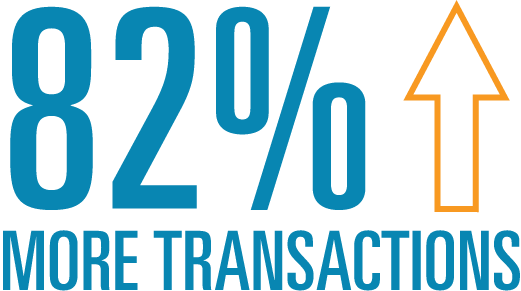
 James "Larry" Holly, M.D. CEO,
Southeast Texas Medical Associates (SETMA)
James "Larry" Holly, M.D. CEO,
Southeast Texas Medical Associates (SETMA)
 Joel Jones, Pharm.D., Clinical
Informatics & Population Health, Epic
Joel Jones, Pharm.D., Clinical
Informatics & Population Health, Epic
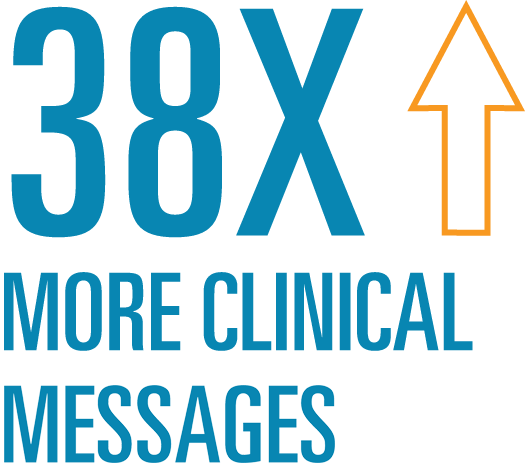
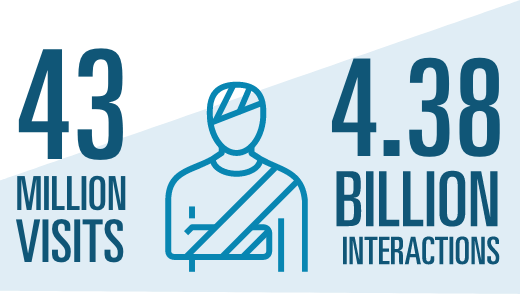
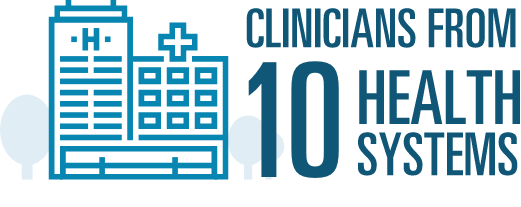
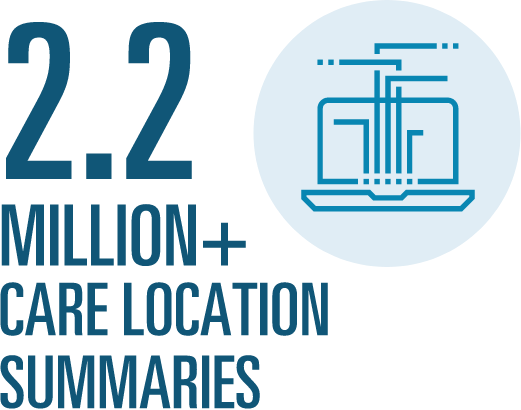
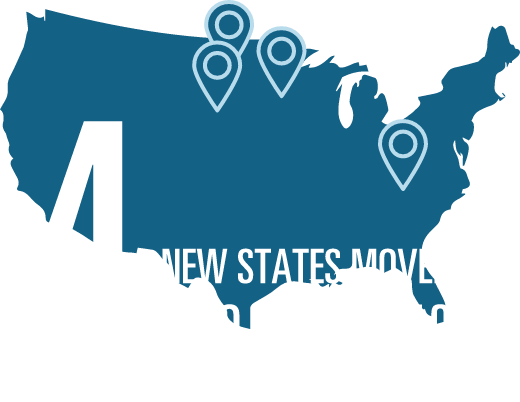
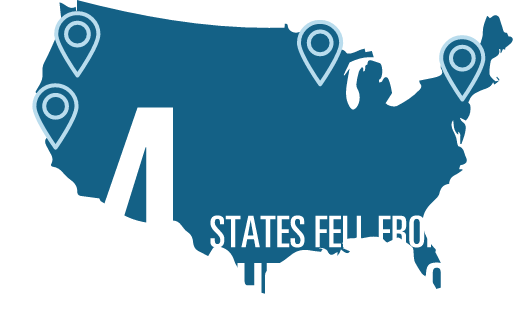

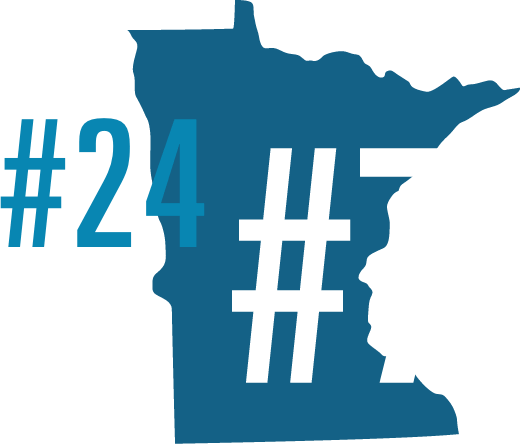
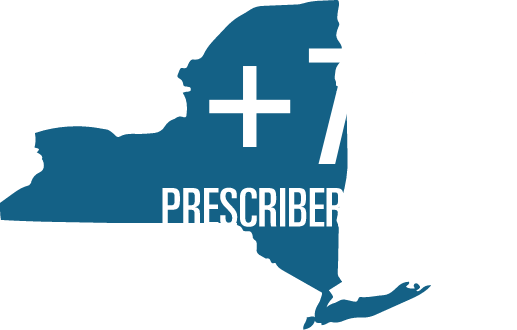
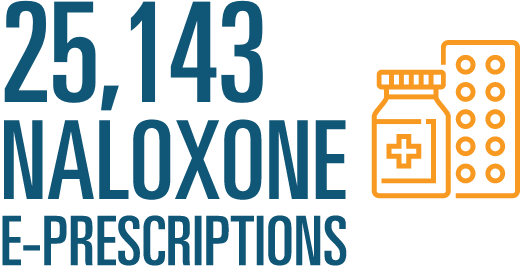
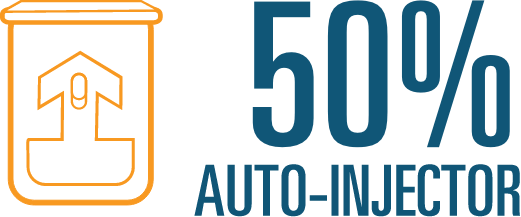
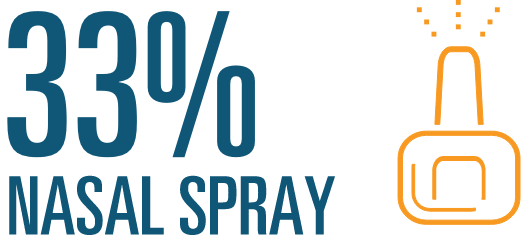
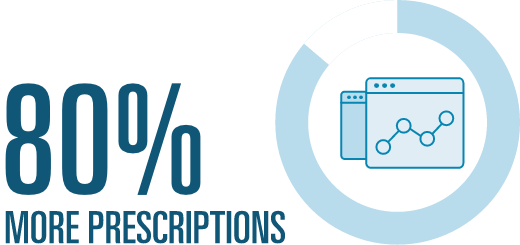
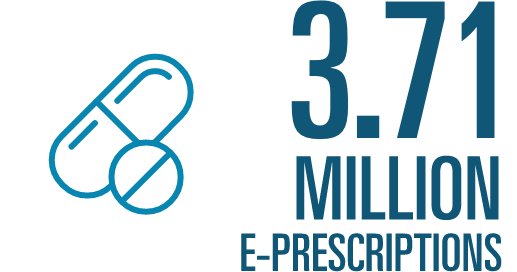
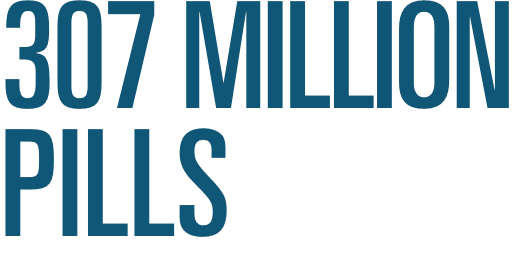
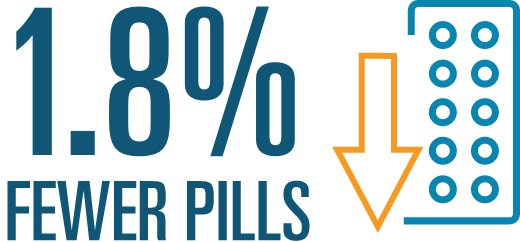
 Todd Smith, CMIO, HealthEast Care System
Todd Smith, CMIO, HealthEast Care System
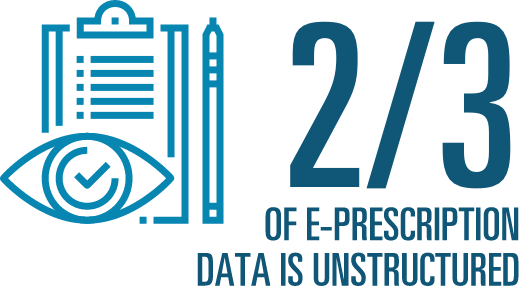

 Shelly Spiro, PharmD, Executive Director, Pharmacy HIT Collaborative
Shelly Spiro, PharmD, Executive Director, Pharmacy HIT Collaborative
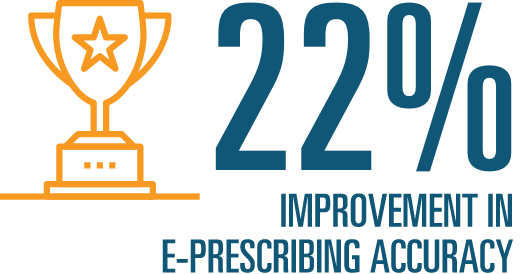 Metrics include clear prescriber intent, patient directions and standard drug descriptions.
Metrics include clear prescriber intent, patient directions and standard drug descriptions.

